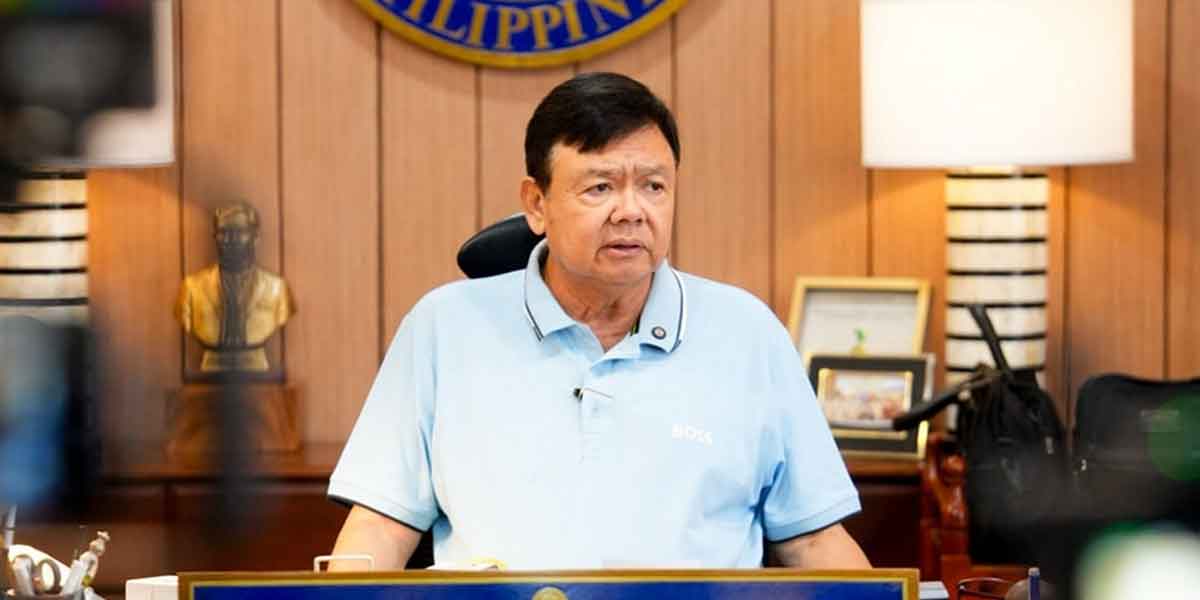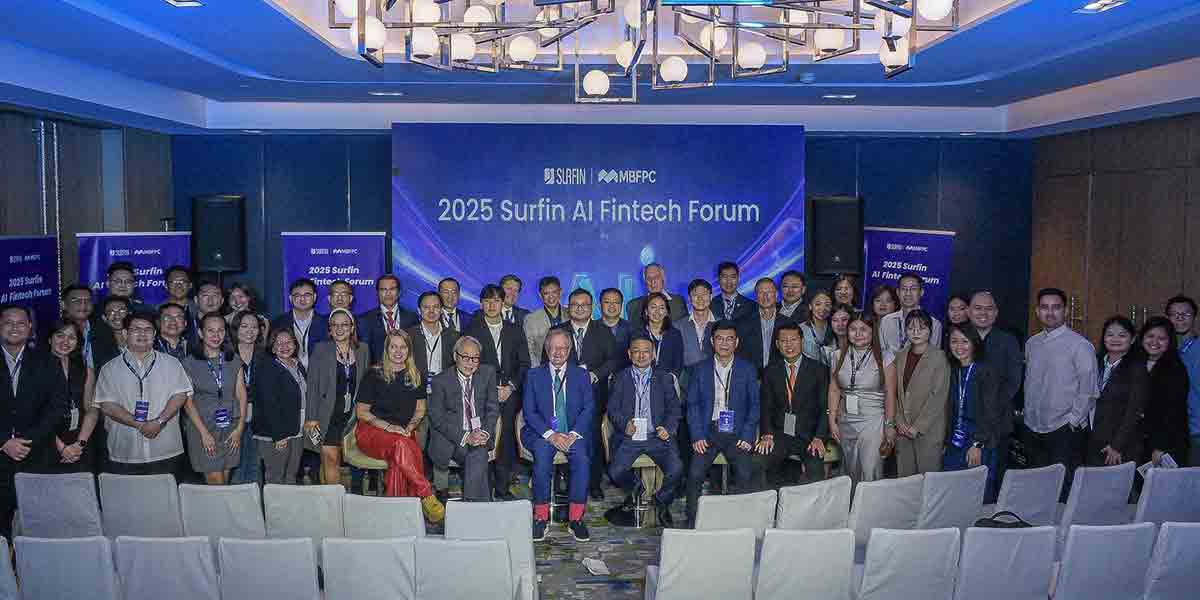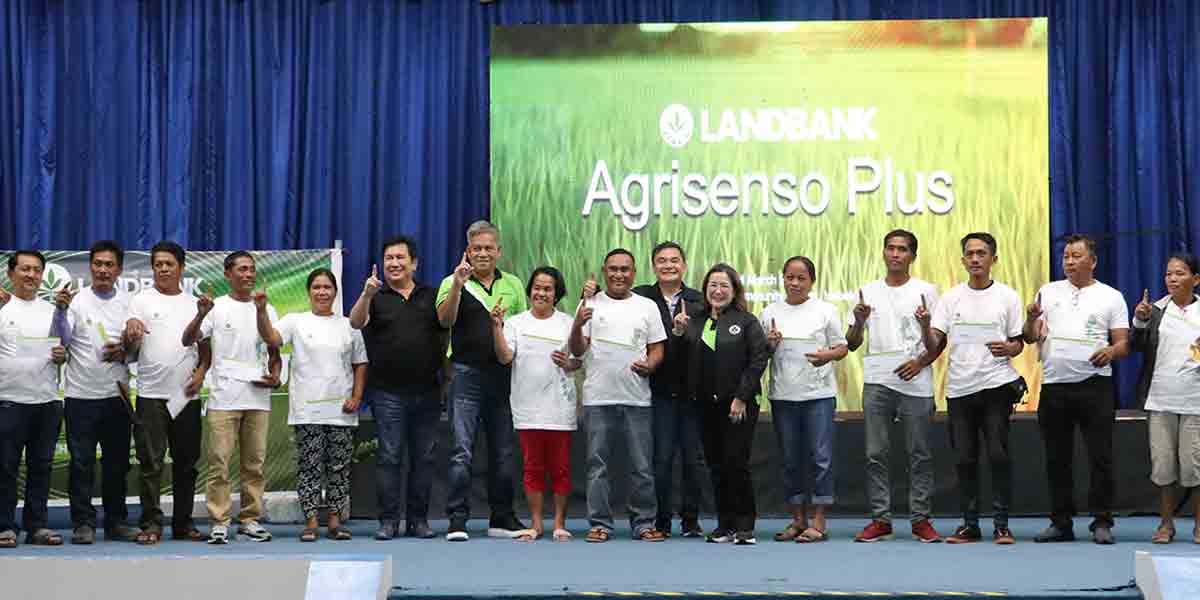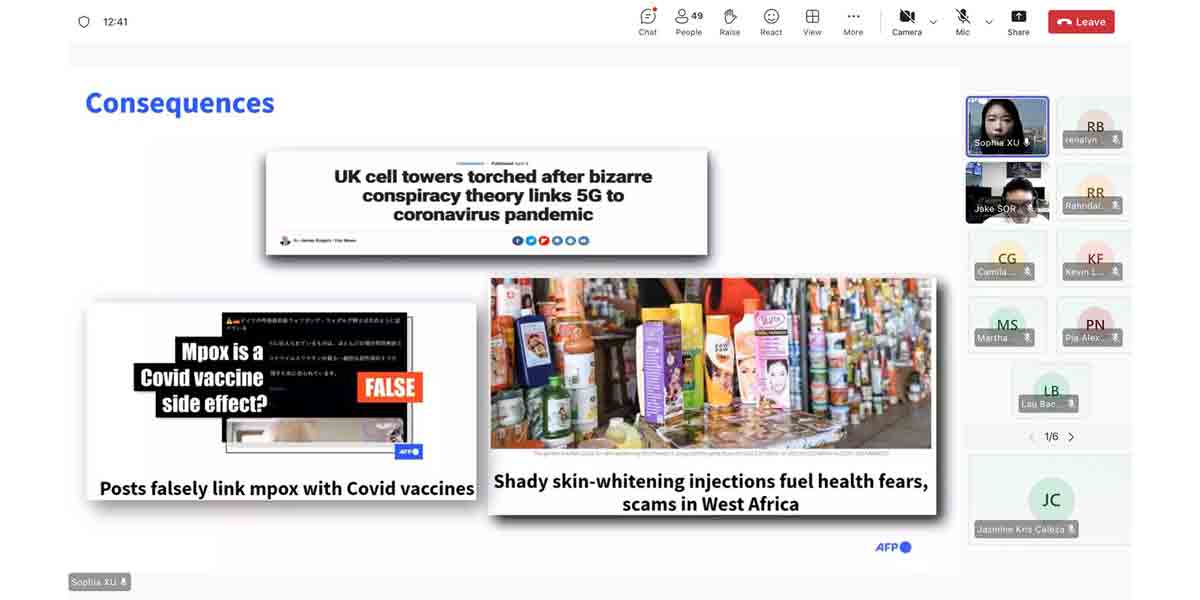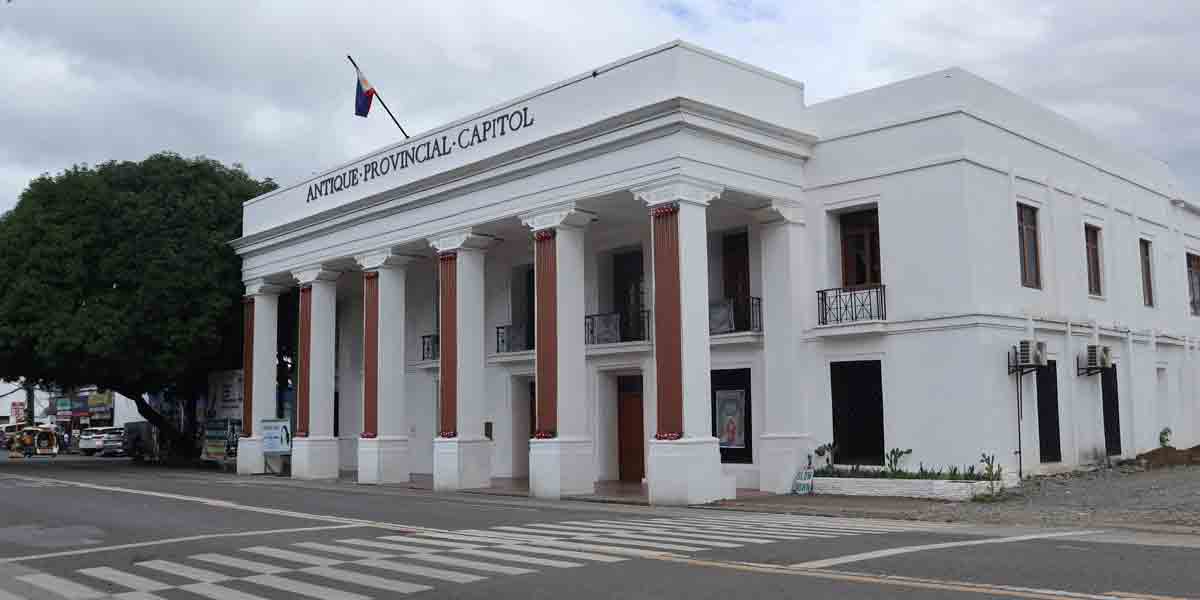The ongoing debate surrounding the Bureau of Fisheries and Aquatic Resources’ (BFAR-6) decision to construct a PHP 30-million feed mill plant at the Southeast Asian Fisheries Development Center (SEAFDEC) in Tigbauan, Iloilo, underscores critical misunderstandings about the nature and potential of the project. While Senator Cynthia Villar has raised concerns about this initiative, her arguments miss some key aspects that merit clarification.
SEAFDEC Is Not a Private Entity
First, SEAFDEC is not a private organization as Senator Villar suggested. It is a regional intergovernmental body established in 1967 to promote sustainable fisheries development in Southeast Asia. Its Aquaculture Department (AQD), located in Tigbauan, Iloilo, is a quasi-public institution backed by international partnerships, including the Philippine government. SEAFDEC’s mandate includes research, technology development, and capacity-building in fisheries and aquaculture—aligning seamlessly with the feed mill project’s objectives.
By partnering with SEAFDEC, BFAR gains access to decades of expertise and research in aquaculture. The feed mill plant will leverage SEAFDEC’s research outputs to produce low-cost, sustainable aquafeeds, which are vital for the industry’s growth.
AQUACULTURE AND WILD FISHERIES
The PHP 30-million feed mill project represents a logical partnership between public institutions. SEAFDEC’s proven research expertise in feed formulation has already demonstrated significant cost reductions – their feeds cost Philippine Peso (PHP) 27/kg for milkfish and PHP 24/kg for tilapia, compared to commercial feeds at PHP 33-35/kg and PHP 32-34/kg respectively. This 18-32% cost reduction directly benefits local aquafarmers.
Furthermore, the feed mill’s development addresses crucial sustainability challenges. Traditional aquaculture feeds rely heavily on fishmeal, which paradoxically increases pressure on marine resources. SEAFDEC’s innovative formulations utilize agricultural by-products from corn, poultry, and coconut industries, reducing dependence on ocean-caught fish for feed production.
This development is not merely economic; it is ecological. By making aquaculture more viable, the feed mill helps alleviate pressure on wild fisheries, a critical step in addressing overfishing and ensuring marine biodiversity. The locally formulated feeds—using by-products from corn, poultry, and coconut—also reduce dependence on imported feed ingredients, making the industry more sustainable and resilient to global supply chain disruptions.
BFAR OVERSIGHT, SEAFDEC EXPERTISE
Senator Villar’s concern that SEAFDEC’s involvement may complicate the feed mill’s operations overlooks the structure of the partnership. BFAR Director Remia Aparri has clarified that the facility will remain under BFAR’s management, with SEAFDEC providing technical expertise. This arrangement ensures that the facility benefits from SEAFDEC’s advanced research while remaining accountable to BFAR’s mandate.
The collaboration is not unprecedented. SEAFDEC and BFAR have previously partnered on initiatives such as the Aquafeed Research, Development, and Extension Project (ARDEP), which successfully developed cost-effective feeds for milkfish and tilapia. Verification trials conducted by SEAFDEC, BFAR, and other agencies have shown that these feeds can match commercial alternatives in performance while significantly lowering costs.
A MODEL PROJECT
Far from being an anomaly, the Tigbauan feed mill could serve as a model for future public-private or quasi-public partnerships in the fisheries sector. The synergy between government agencies like BFAR and research institutions like SEAFDEC is essential for addressing systemic challenges in aquaculture, from high production costs to ecological sustainability.
Critics like Senator Villar should reconsider their stance in light of these broader benefits. While it is valid to scrutinize government expenditures, dismissing the project’s potential to uplift local fish farmers and promote sustainable practices undermines its transformative impact. The feed mill’s beneficiaries include not only individual fish pond operators but also the larger fishing communities that depend on a robust and sustainable aquaculture industry.
To address Senator Villar’s concerns about oversight and transparency, BFAR should finalize its proposal identifying specific beneficiaries and a clear timeline for transferring management to local stakeholders. Doing so will provide a roadmap for scaling up similar projects across the country while ensuring accountability.
The feed mill’s projected output of 1,560 metric tons annually will support 160 hectares of fish ponds, significantly boosting Western Visayas’ aquaculture sector. This development aligns with national goals for food security and sustainable fisheries management, particularly as wild fish stocks face increasing pressure.
Moreover, replicating this model in other regions, as proposed under Senate Bill No. 2417, should be viewed as an opportunity to strengthen local aquaculture industries. By learning from the Tigbauan experience, future projects can refine the balance between research partnerships and local government involvement.
The Tigbauan feed mill represents a step forward in addressing the interconnected challenges of food security, ecological sustainability, and economic development in the fisheries sector. It harnesses the strengths of both BFAR and SEAFDEC to deliver innovative solutions that benefit local communities while reducing the environmental impact of aquaculture.
Rather than dismissing the project, stakeholders should focus on maximizing its potential and ensuring its long-term success. Partnerships like this one are vital for creating a sustainable and resilient fisheries industry in the Philippines, setting a precedent for future innovations in the sector.


